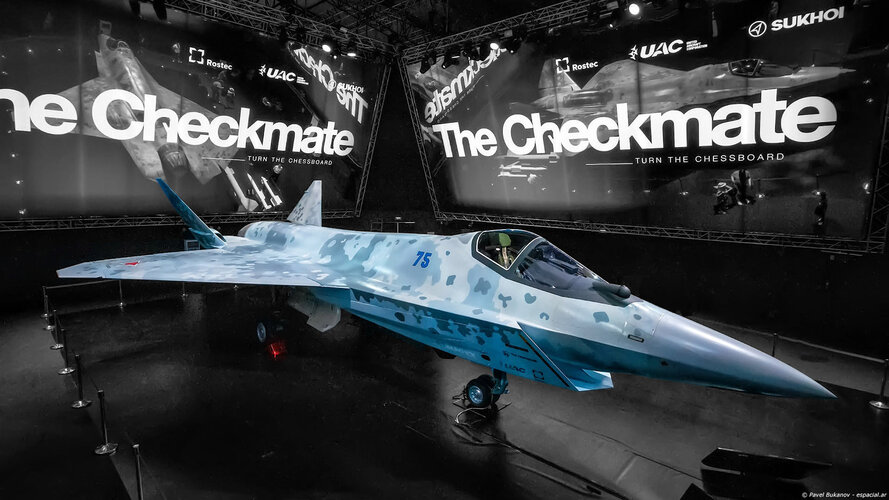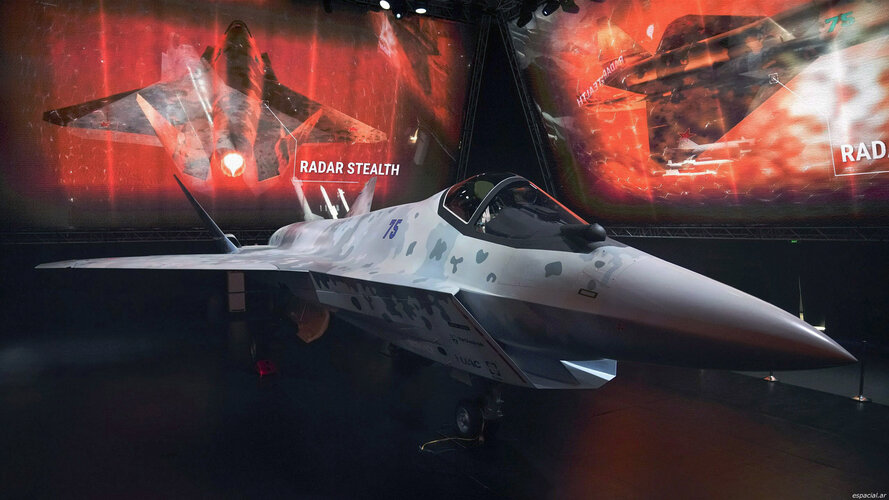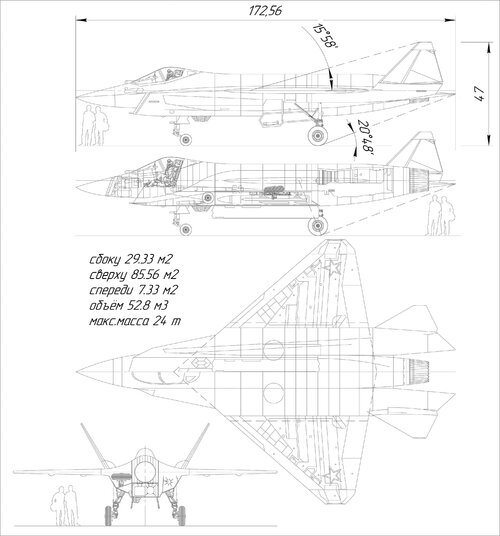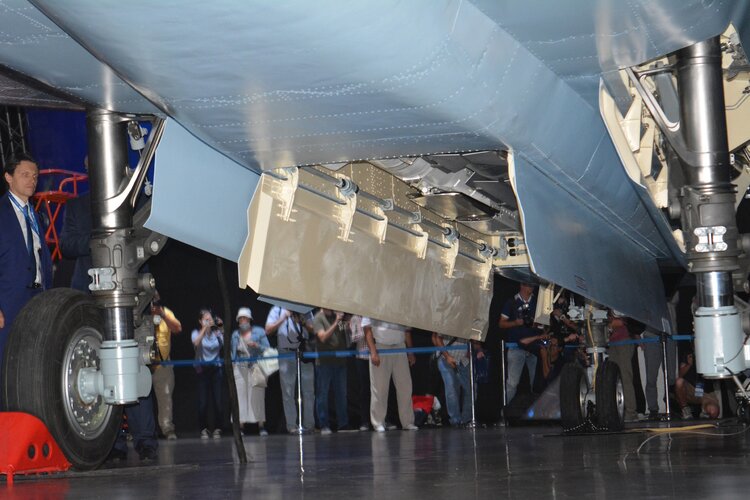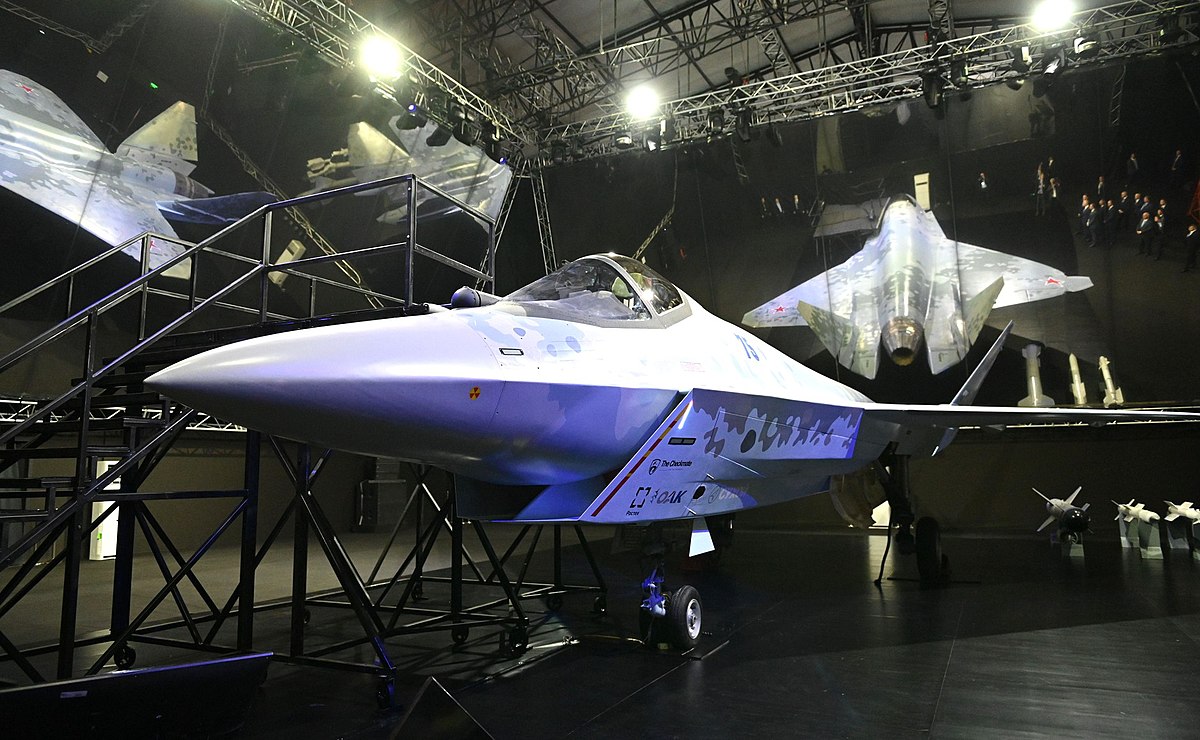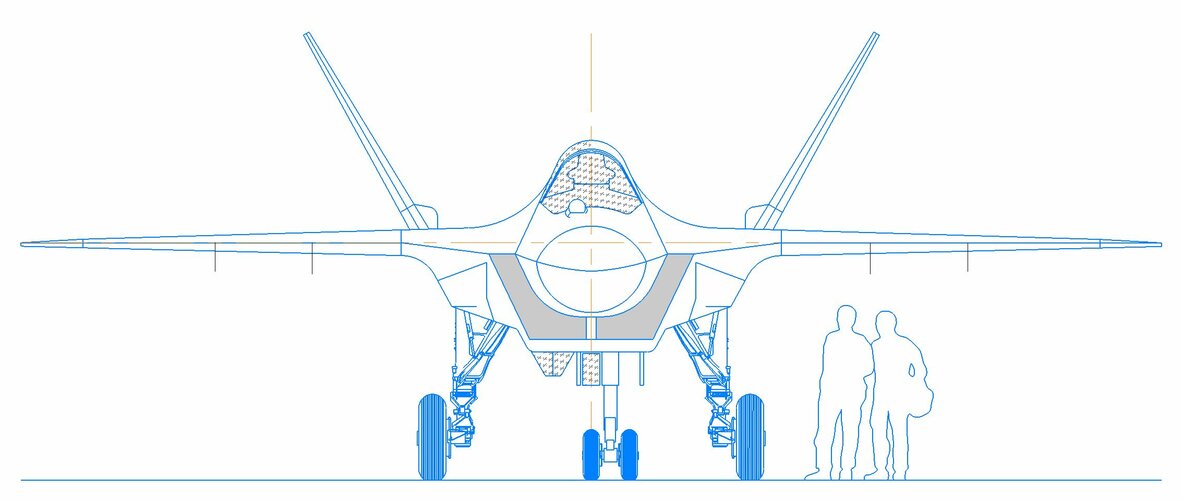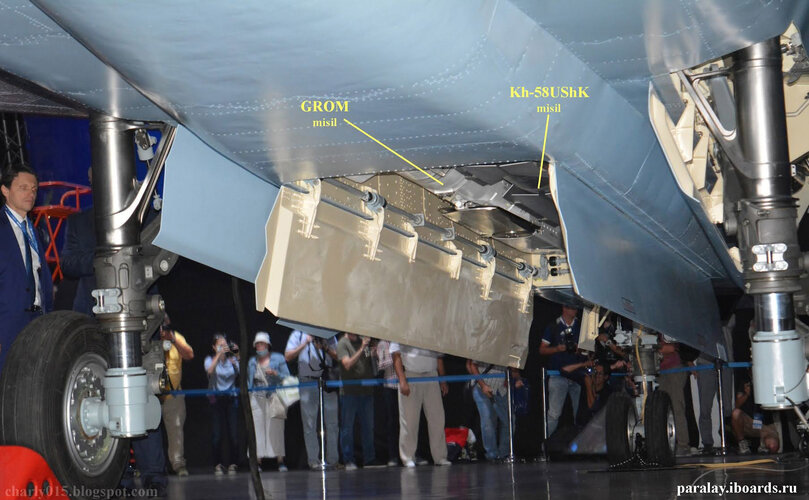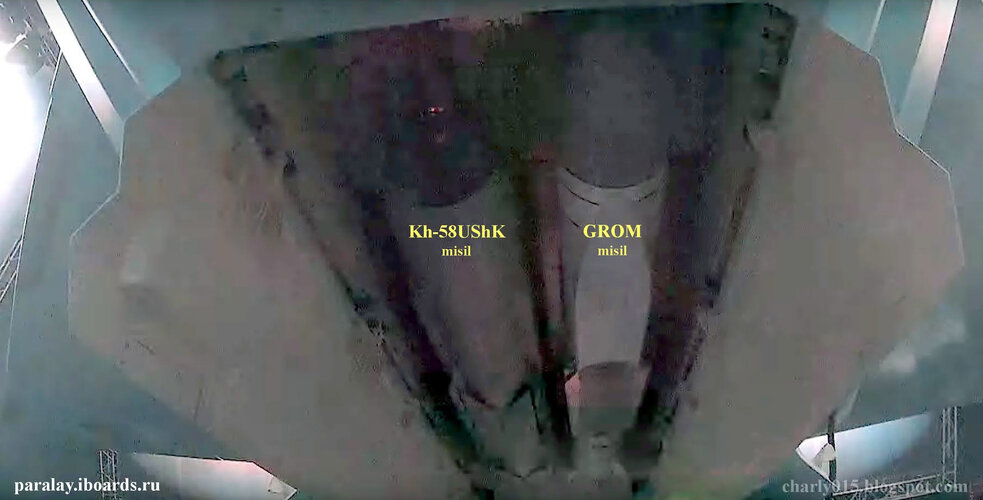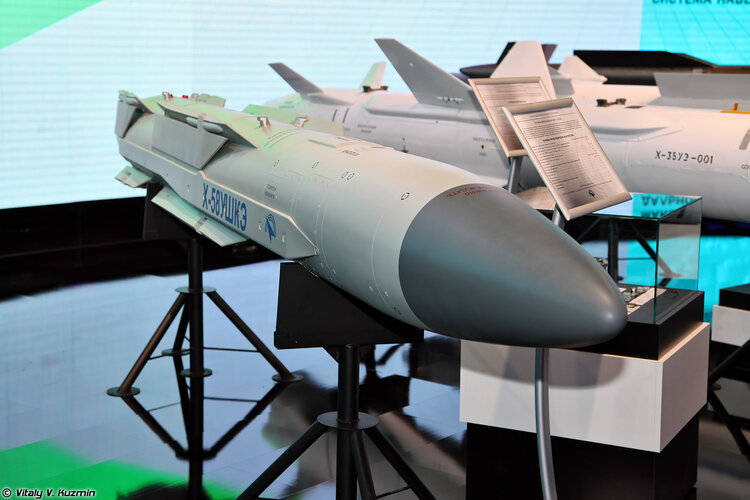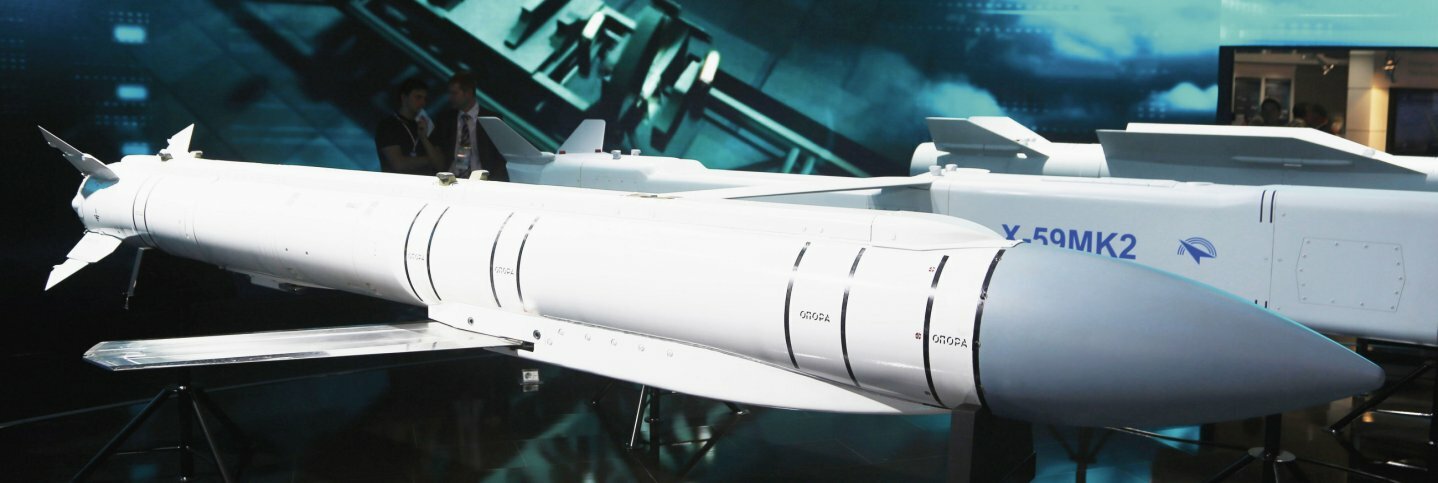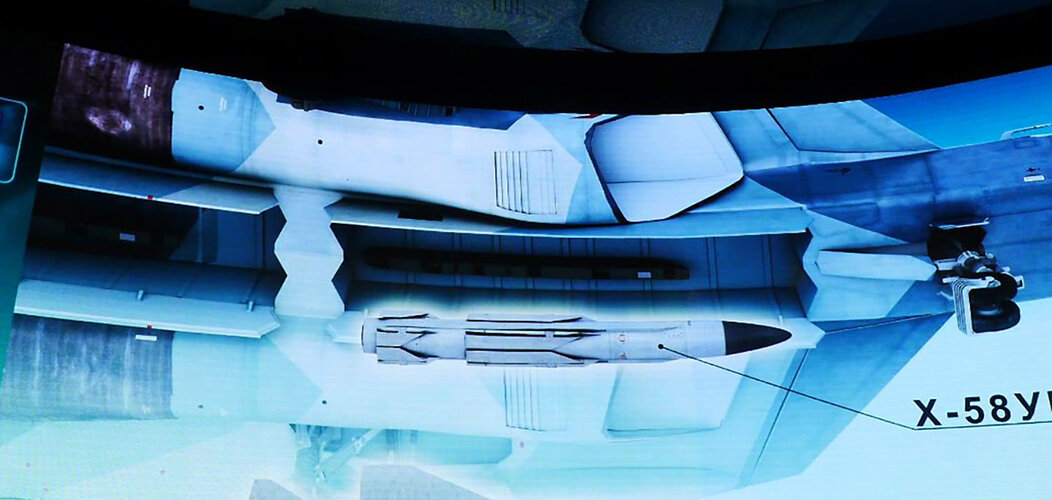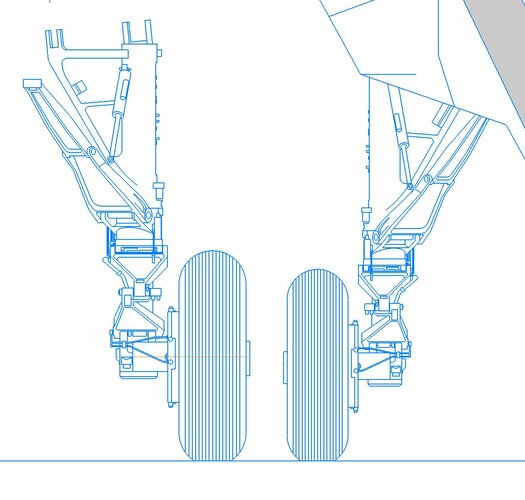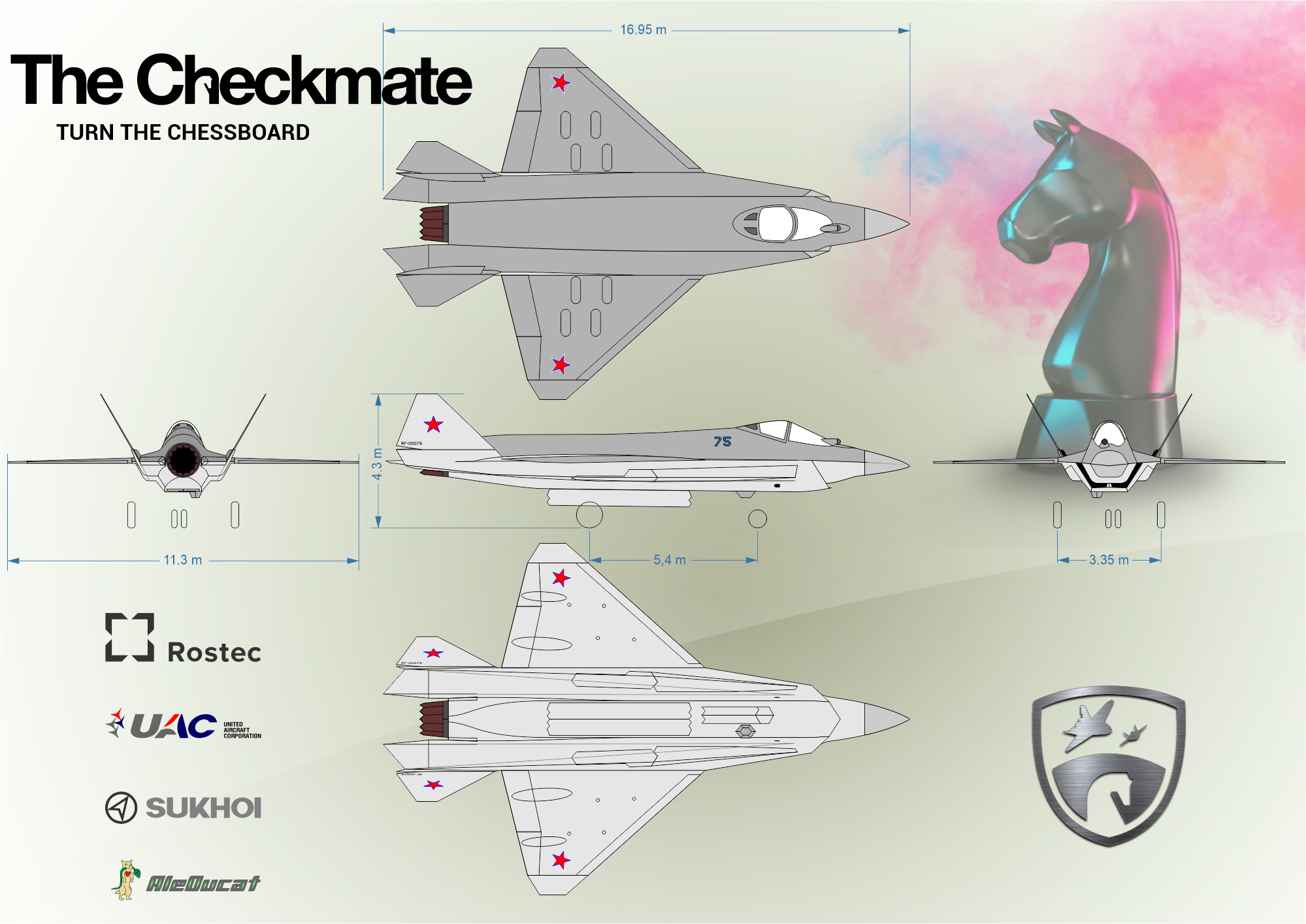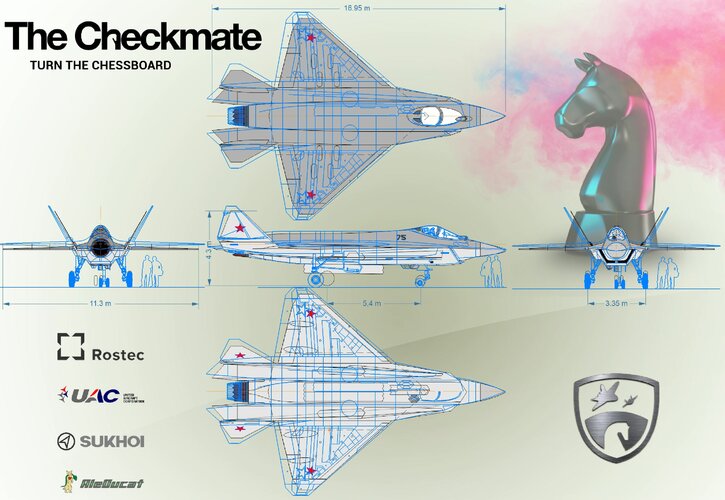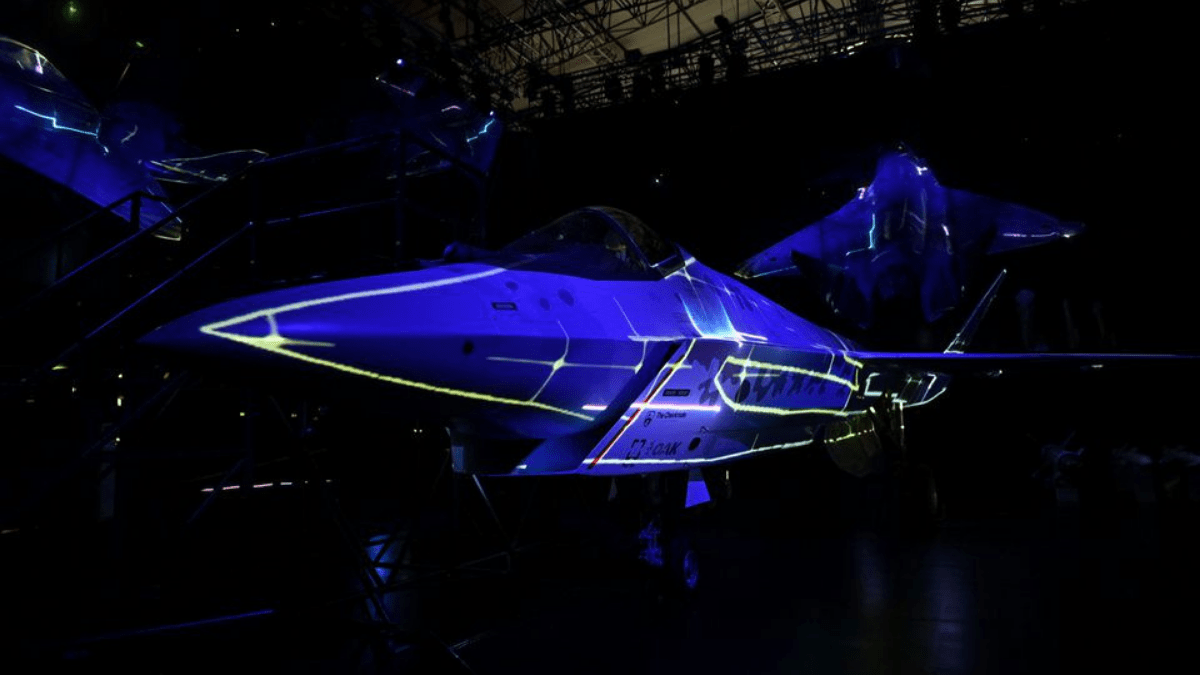Using as many Su-57 parts as possible is the right way forward. Leveraging that previous investment in design, tech and manufacturing is paramount in making this aircraft 'affordable'.
The more assemblies and tooling you use from already existing and paid for products and processes the lower your upfront setup and long lead item costs. Whilst you may end up having to buy more sets of tooling (either due to build rate - a good thing, or because the previous sets of tooling were contracted in such a way that they can only be used for one product - a bad thing) you can pretty much just ask for the suppliers to make you more of what they already did.
Exactly, I actually think this strategy is every bit as important as the layout chosen in order to get a reduced final price and I am not sure it is not being properly appreciated. It simply eliminates fixed costs from all the industrial effort involved and therefore may reduce substantially the overhead per produced unit, which can be high because fighter jets are not consumer goods. To be able to make a single engine plane with for instance the wings of the twin engine big brother is remarkable, I don't know if it is unprecedented but I at least don't know any other examples.
Complicating factors would be contract based - so you may have to port your models to new drawings in this project (cheap, no problem) or someone may have insisted that tooling used to make the tooling be destroyed at end of contract (annoying). Those aren't really hypotheticals - I worked for one tier 1 who spent time and effort looking for production cost savings, and the prime expected to be handed a percentage of those cost savings. So the prime can be rather overbearing regardless of whether they are a corporate or government entity.
I am starting to think that several of the illnesses that affect the Western industry are not so widely spread or at least so out of control in the Russian state run MIC. That is a key to them actually getting things done at a low fraction of the cost we would expect them to have, they seem to be much more oriented to productive economy, they still have relatively many managers which actually know what they are talking about and so on. If they pull off a program like this one with success and meet their target price it would be frankly impressive, I will be keeping an eye on the process indeed.
Looking forward...for those parts which are not directly derived from the Su-57 program, do we think we can expect some change? It appears the Su-57 had a nose structure update, so can we see that moving over to checkmate too? What could a production representative checkmate look like?
I am not aware of any modification in the nose for the Su-57, there was one weird radome seen at the production line but it never seemed to be a real part and the first serial was essentially identical to the prototypes.
1. Update to serial production Su-57 components - biggest change would appear to be the forward fuselage?
2. Perhaps 1. would lead to minor changes to the intake?
As said above, I see no significant changes in the serial Su-57 compared to late prototypes like 10 an 11.
3. Losing the central strake in the intake
Shouldn't that act as a reinforcement of that structure? The nose landing gear seems heavy duty indeed, I can imagine the supporting structure needs to be up to the task. Maybe a potential naval version (even compatible with cat launching) would need indeed that area to be very robust.
4. Potentially auxiliary intakes to reduce FOD issues
The intake being in front of the wheels, what FOD issues would you find concerning?
5. Fairing in of the main bay with the fuselage sides - lose the step?
Not sure I got that one...
In general, I am under the impression that the design should be pretty much final, of course I expect some small refinements but nothing very substantial. One they have come to this point, I can imagine they have done a lot of optimization already.
What I definitively don't exclude is the VKS demanding several modifications in order to buy the plane. To me izd. 30 will be requested almost for sure and it should allow a fully 9 g cleared airframe with internal gun. Maybe even some foreplanes are adopted later, for a naval version or to improve a future supercruising capability they would make sense, and for a Sukhoi they would be hardly surprising.

